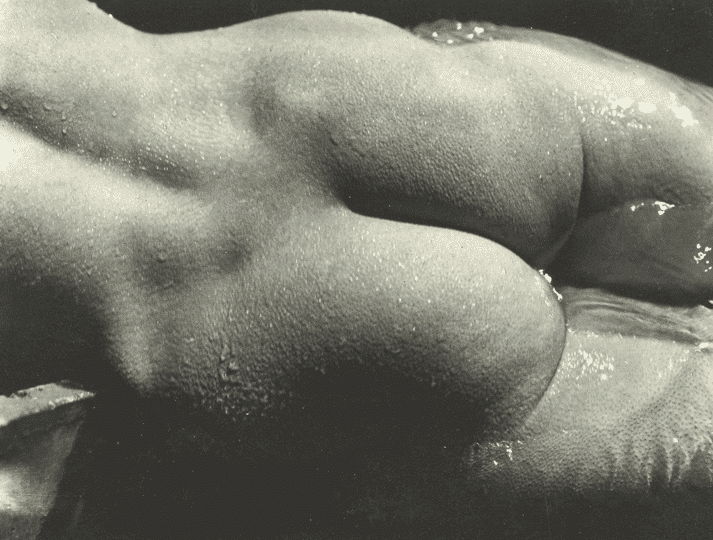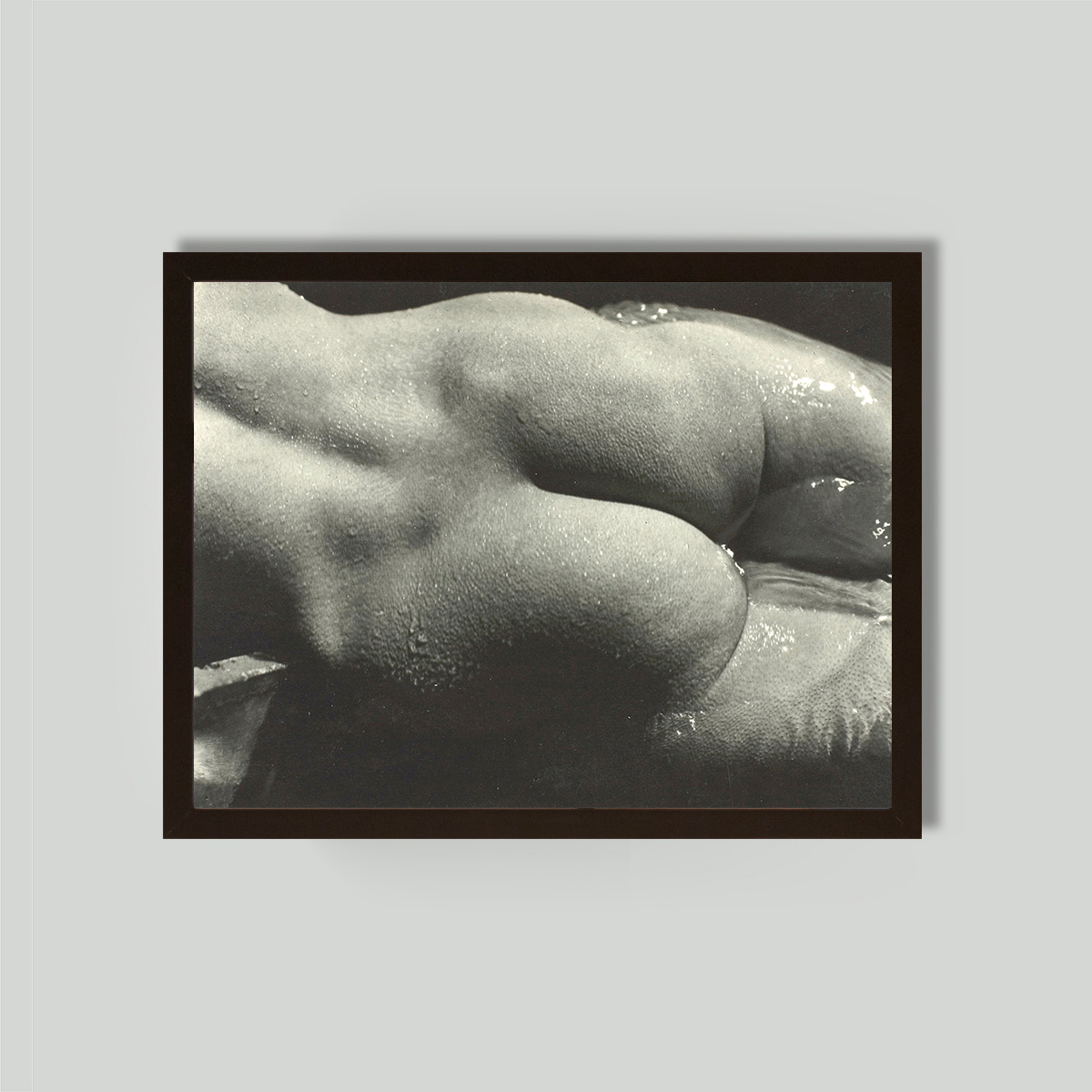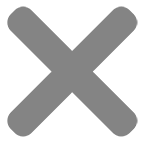
REBECCA II
Cult Art
Fine Art Giclée Print
Co-created and published by PINEAPPLE GALLERY
Original works: Alfred Steiglitz
Framed in Matt Black
Print Dimensions: 43cm x 32cm
The photographs from Beck’s six-week visit are remarkable in their freshness, and in how they reveal a freedom clearly felt by both photographer and model. Compared with Stieglitz’s portraits of O’Keeffe, which were taken over a span of years, the images of Beck cavorting in and out of the water have an air of spontaneity and lightheartedness. At the time Stieglitz was unsure about the quality of these works, which he referred to as “experimental portraits + snapshots.” Only when he started printing did he discover that these were in fact “extraordinary,” going on to describe them as “Eye-openers. I surprised myself for while she was here I imagined I had totally failed.”
Stieglitz was a perfectionist, and it showed in every aspect of Camera Work. He advanced the art of photogravure printing by demanding unprecedentedly high standards for the prints in Camera Work. The visual quality of the gravures was so high that when a set of prints failed to arrive for a Photo-Secession exhibition in Brussels, a selection of gravures from the magazine was hung instead. Most viewers assumed they were looking at the original photographs.
Throughout 1903, Stieglitz published Camera Work and worked to exhibit his own work and that of the Photo-Secessionists while dealing with the stresses of his home life. Luxembourgish American photographer, Edward Steichen, who later would curate the landmark exhibit The Family of Man, was the most frequently featured photographer in the magazine. Fuguet, Keiley, and Strauss, Stieglitz’s three associate editors at Camera Notes, he brought with him to Camera Work. Later, he said that he alone individually wrapped and mailed some 35,000 copies of Camera Work over the course of its publication. By 1904, Stieglitz was again mentally and physically exhausted and decided to take his family to Europe in May. He planned a grueling schedule of exhibitions, meetings and excursions and collapsed almost upon arrival in Berlin, where he spent more than a month recuperating. He spent much of the rest of 1904 photographing Germany while his family visited their relations there. On his way back to the U. S. Stieglitz stopped in London and met with leaders of the Linked Ring but was unable to convince them to set up a chapter of their organisation in America (with Stieglitz as the director).
$70.00 – $190.00 inc.GST
"REBECCA 2"


